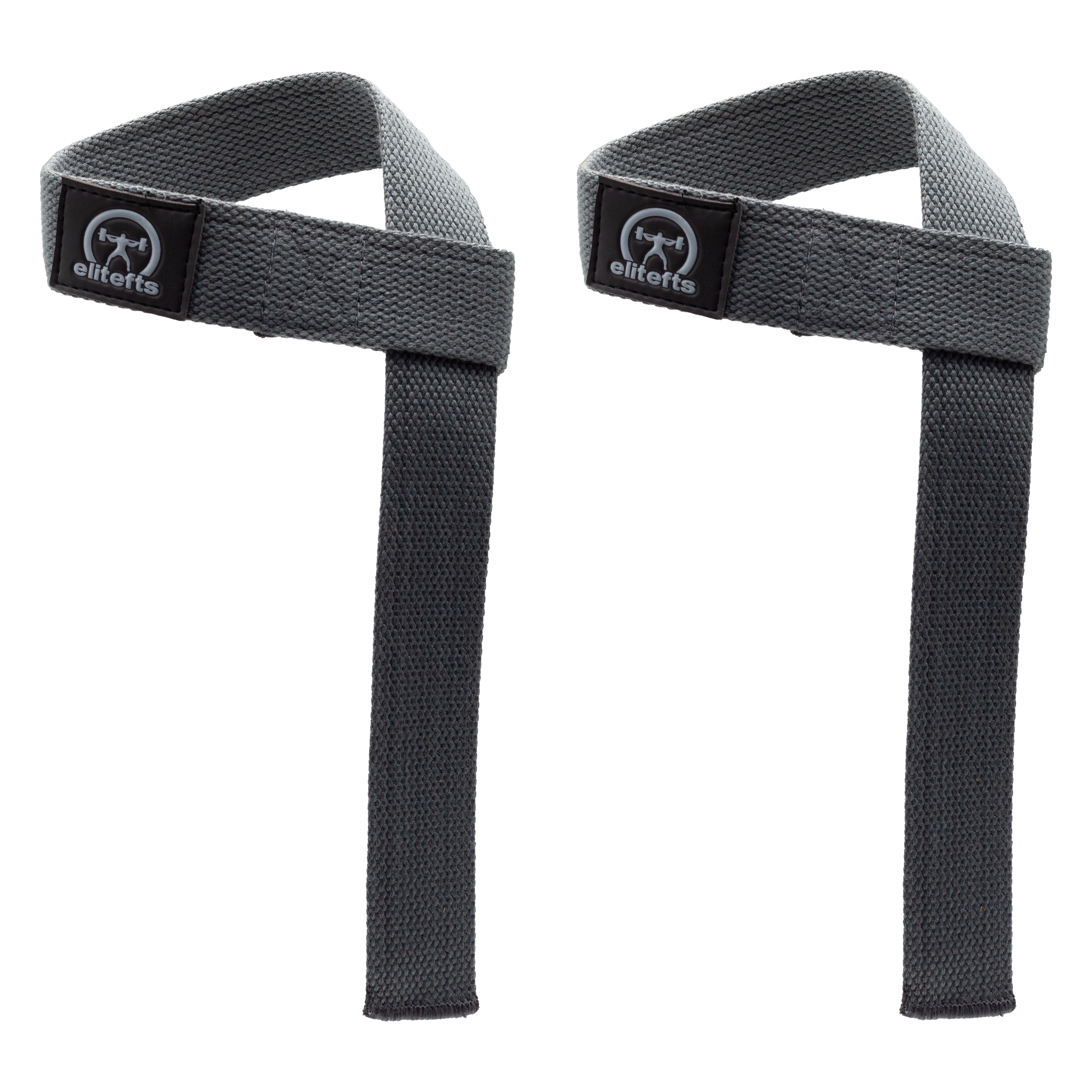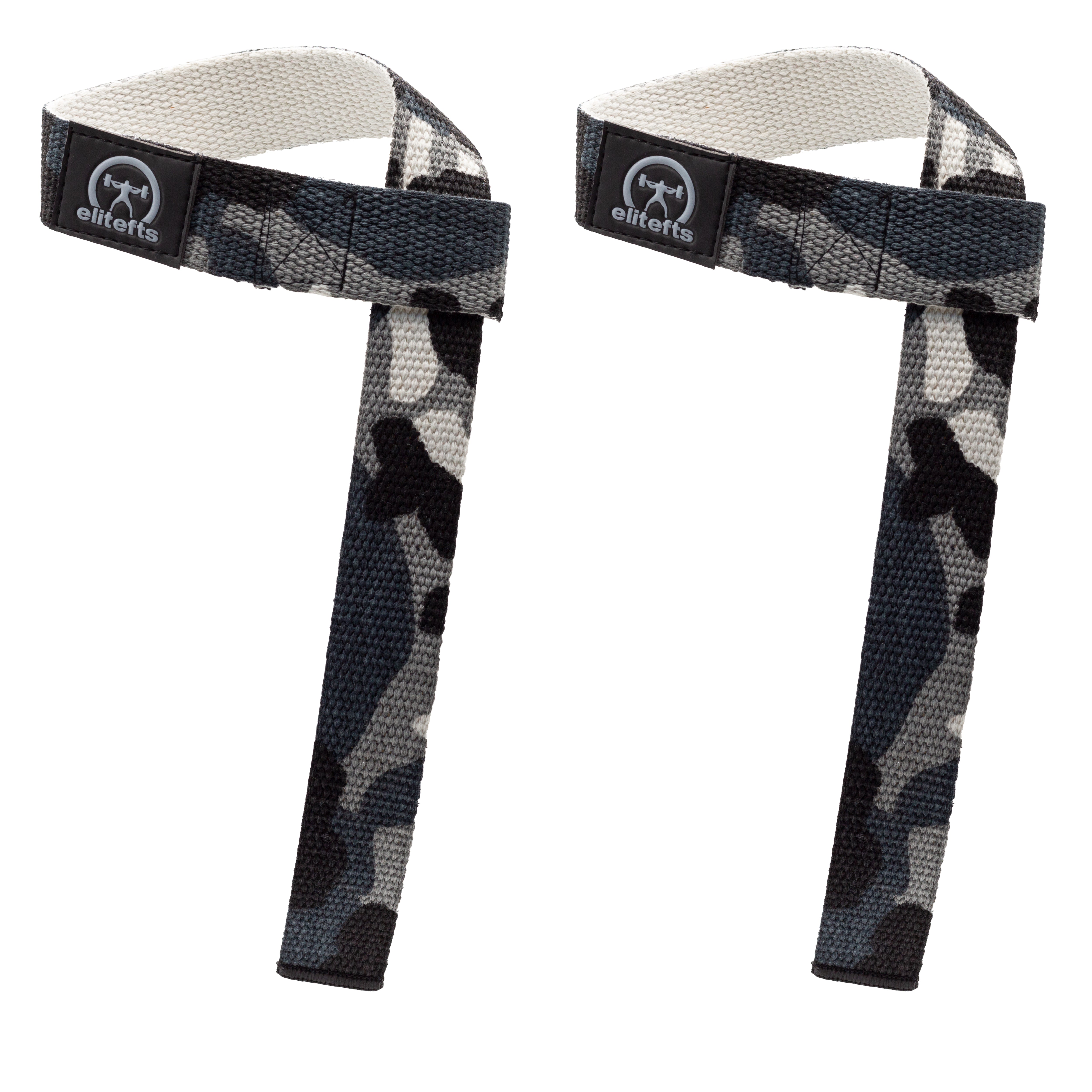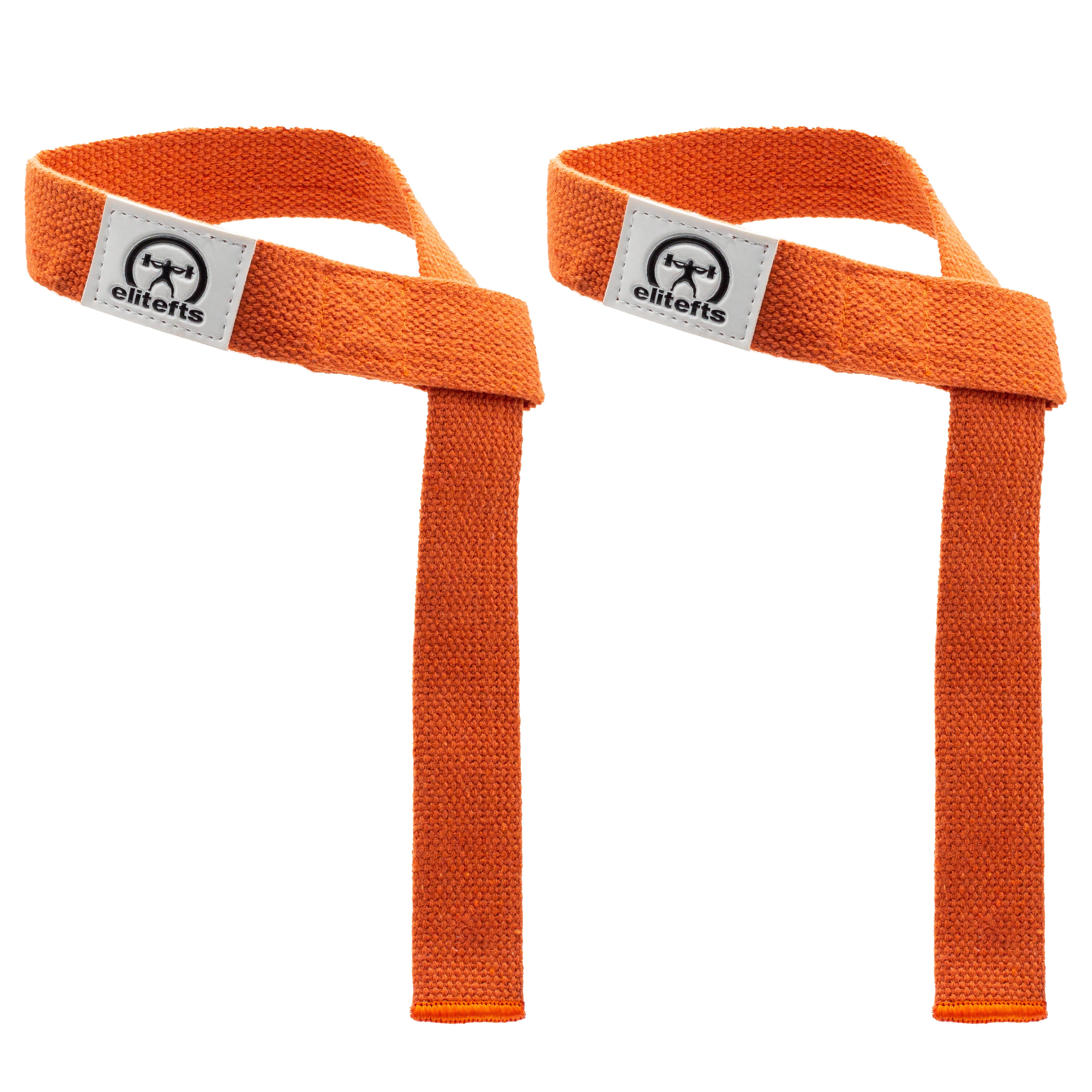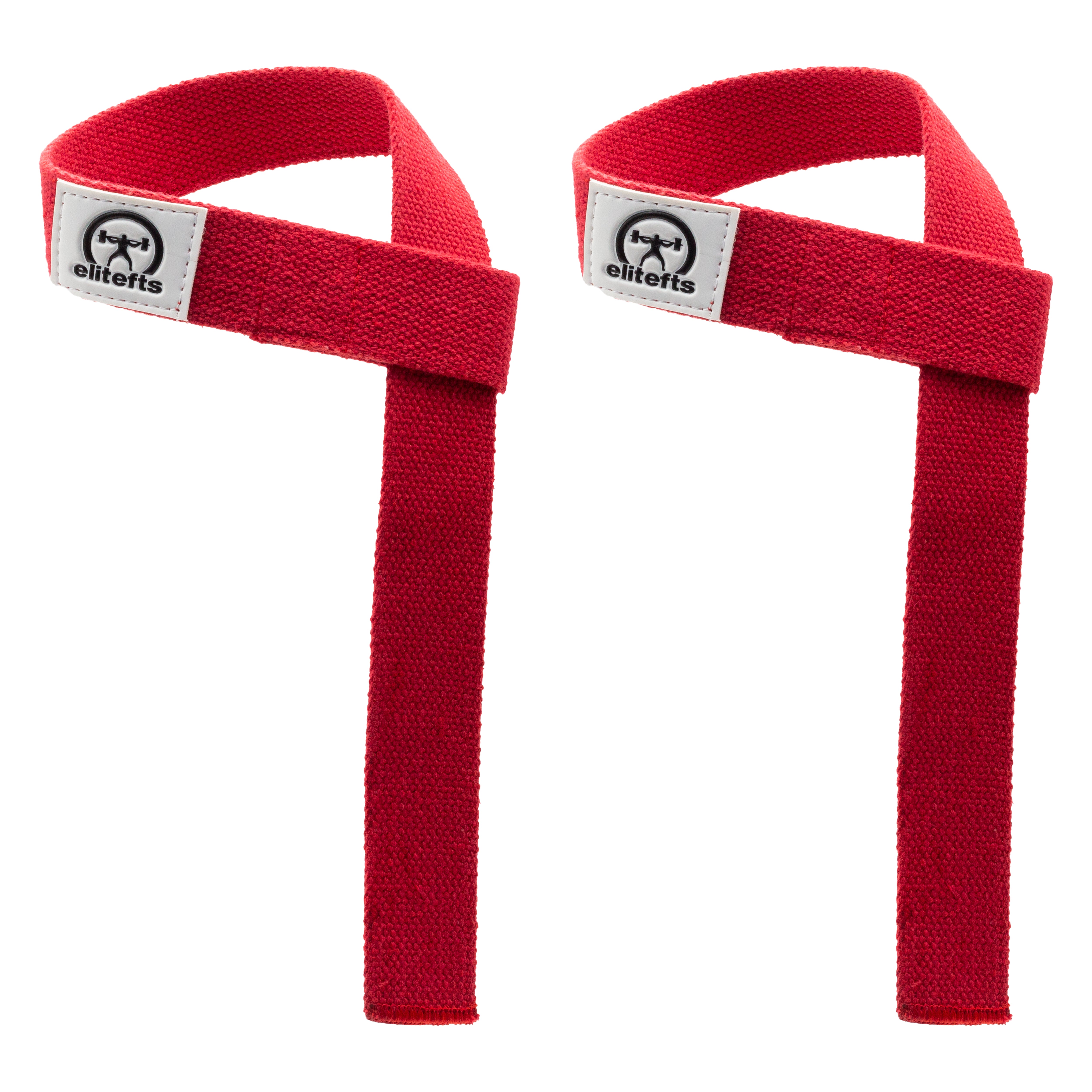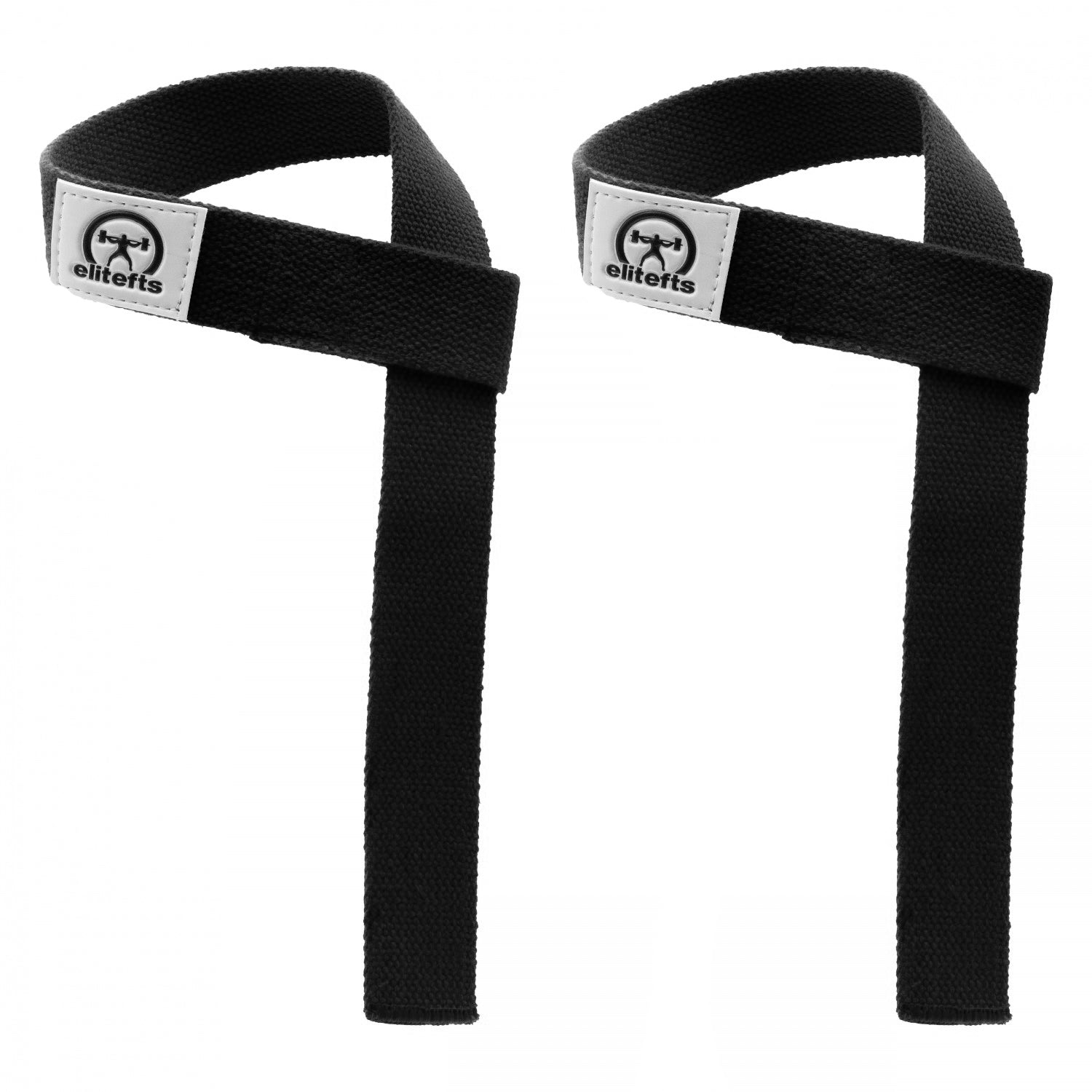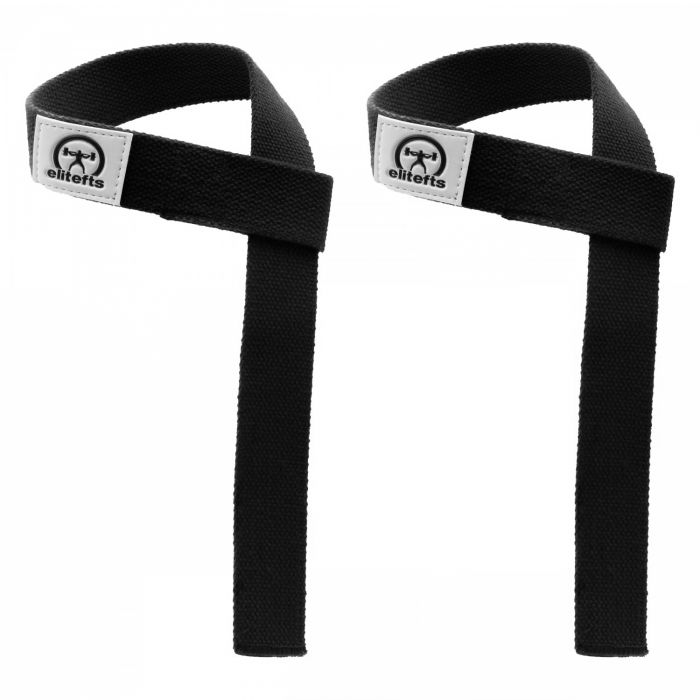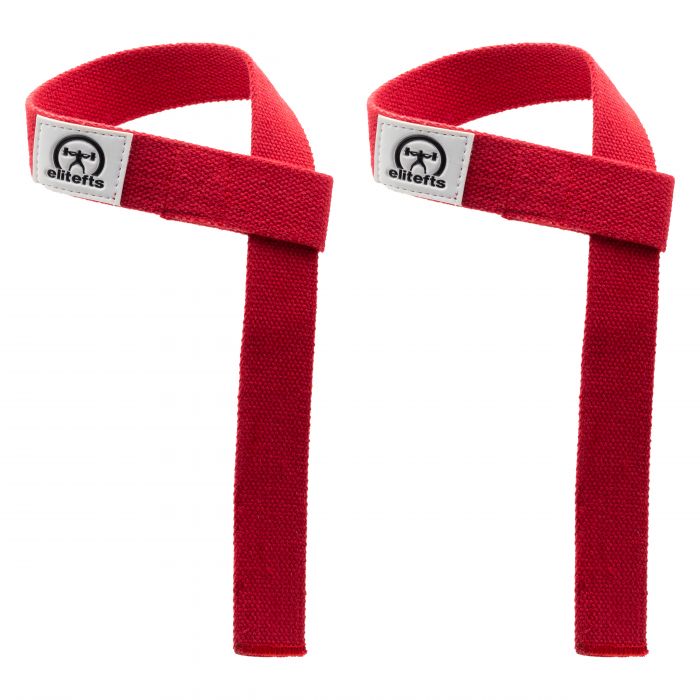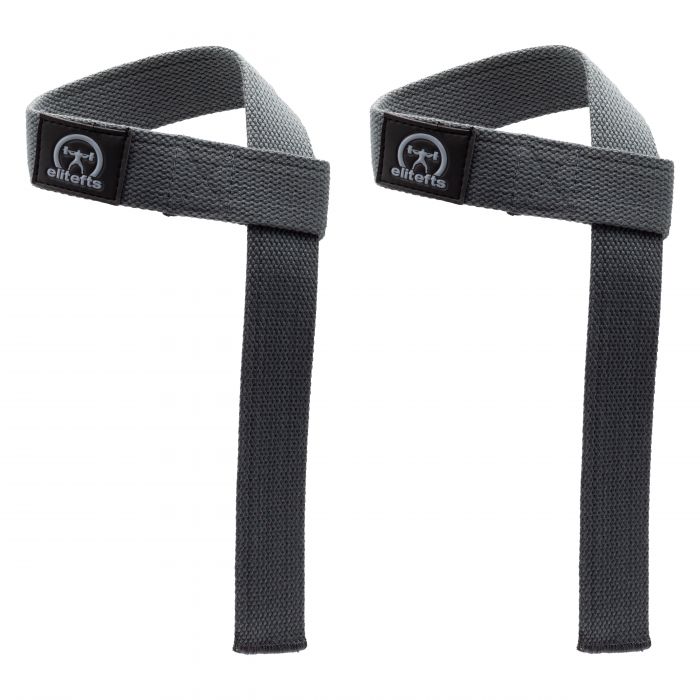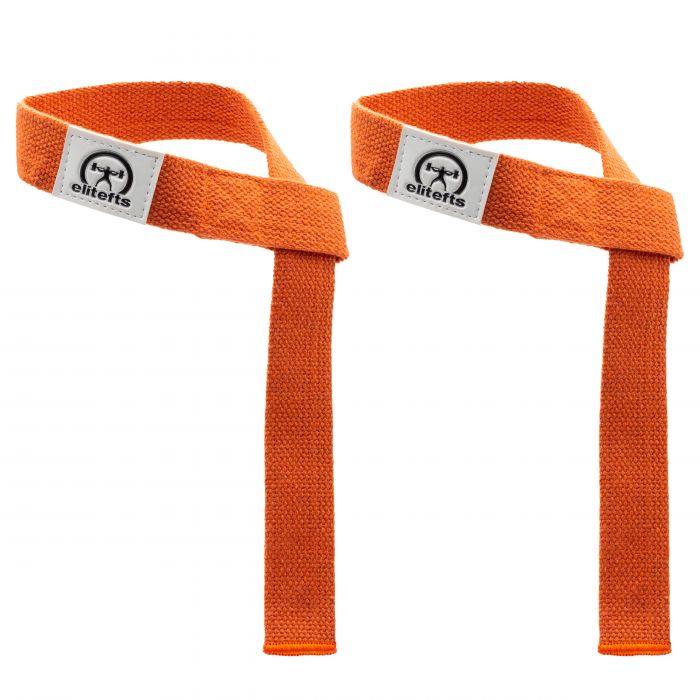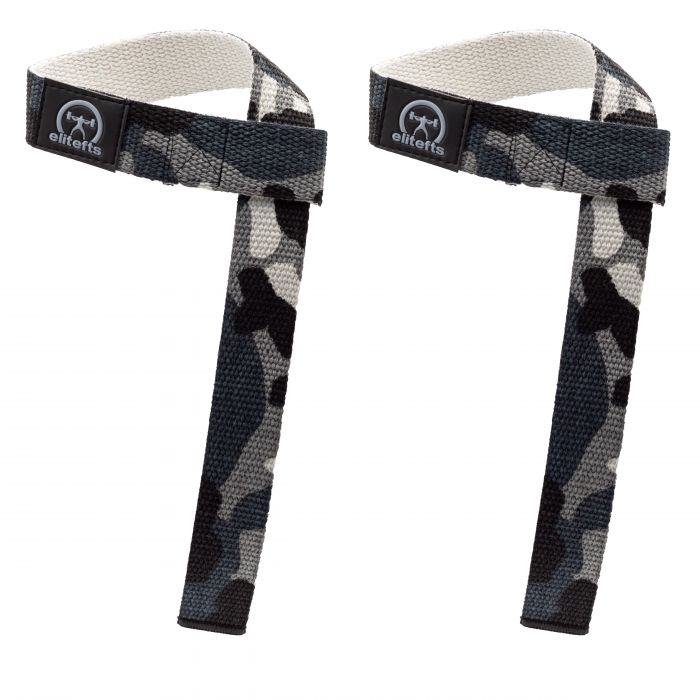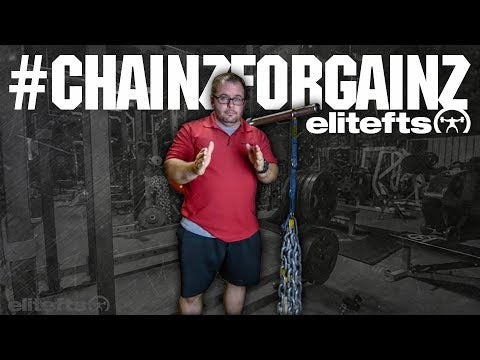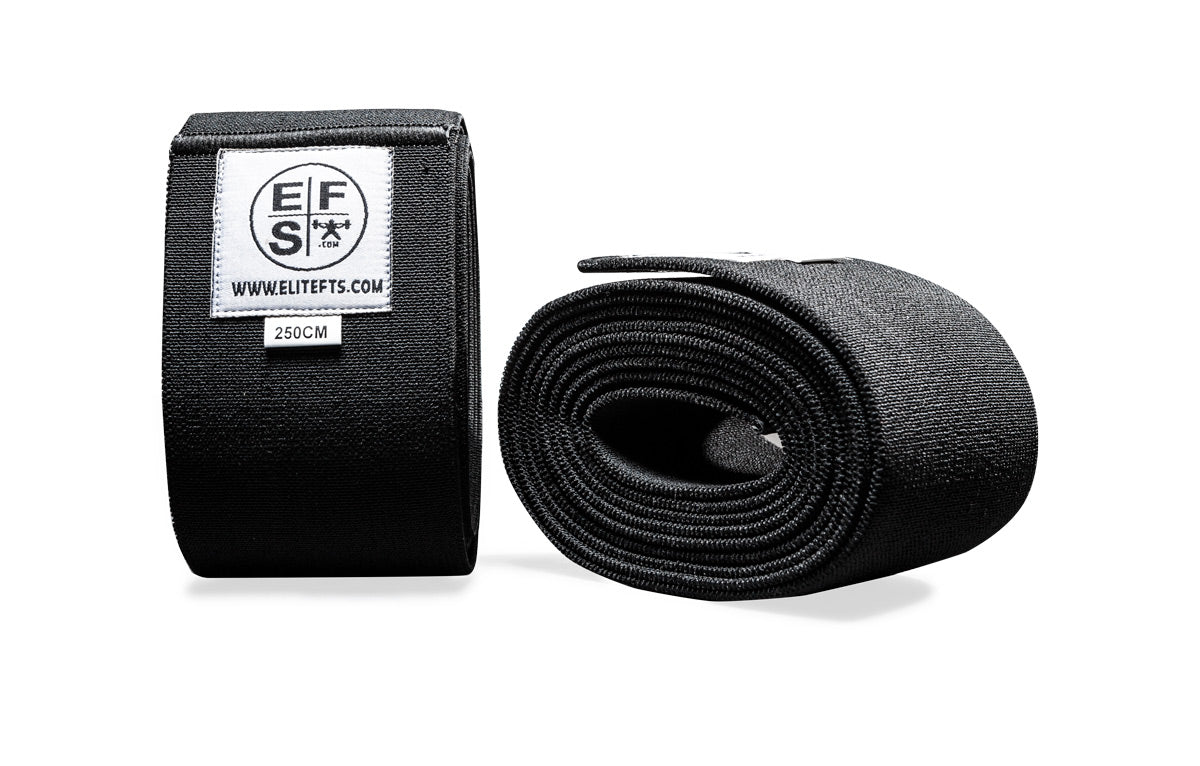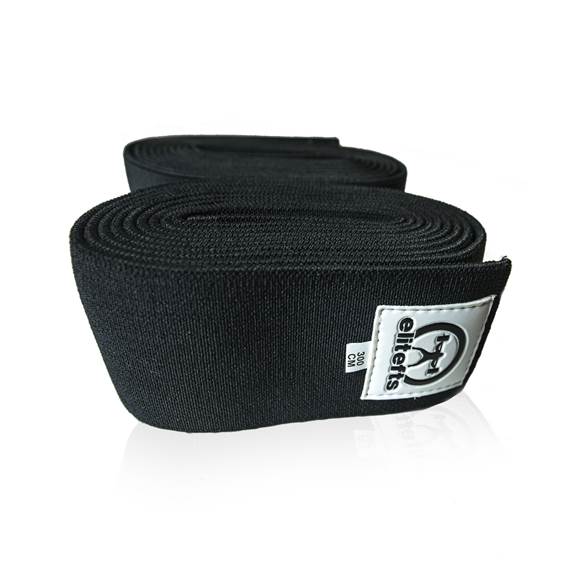What is a principle? A “principle” is a basic truth, law, or assumption (thefreedictionary.com). “Principle” can also mean “predetermined or fixed policy or mode of action.” Predetermined or fixed policies or modes of action don't sound like concepts that enhance the quality and results of training programs. Predetermined or fixed policies seem better suited for political or public systems where policies may save money or time. However, the principles and policies that you will see here are based on physiology, scientific research, basic physiology, and pure experience from training facilities all over the world. The principles have one purpose and one purpose only—to help you, the strength coach or personal trainer, select the
correct exercise at the
right time and thus, in the short or long term, help the athlete or client achieve a stated goal. Well-developed principles help us create better training programs faster because we don’t have to start from scratch every single time. On the other hand, no principle is better or more “secure” than the results produced by using the principle. Therefore, any principle can and should be questioned over time. If the questioning process leads to more effective principles, the old principle should be discarded in favor of the new and improved principle. While some of the principles laid out in this column have the character of “predetermined or fixed policy or mode of action,” other principles that you'll see here have the character of a basic truth, such as the principle of specificity. A great example of the principle of specificity pertains to the jumping ability of one of the greatest athletes ever: Michael Jordan. My first trip ever to the United States was to attend the 1996 NSCA conference in Atlanta. My first session was a pre-conference session with Vern Gambetta and James Farentinos. Vern told a story about jump testing Michael Jordan during Jordan’s baseball time. During the tests with no run up, Michael Jordan was in the lower half of the team, but when a run up was allowed (like in basketball), they couldn’t measure him. His jump was too high (I believe they used a Vertec).
In training programs, exercises are chosen based on several factors:
1. The needs identified in the needs analysis: In the example with Michael Jordan, the squat is a relevant exercise for a basketball player because the needs analysis identifies the vertical jump as a movement in basketball and the squat correlates to the vertical jump. Another relevant jump exercise is a jumping exercise that combines horizontal take offs with vertical take offs to train the ability to transfer horizontal momentum (the mass of the player multiplied by the horizontal velocity of the player) to vertical momentum
. 2. The individual type one goal: In the case of sports performance, the type-one goals are established by asking the athlete and coach, “What are the limiting factors for training and performance?” The type-one goal falls into one of these categories:
- Increased daily energy or vitality
- Prevention of repeated injuries and/or rehabilitation of an injury
- Improved ability to perform a high amount of sport-specific practice with high quality
- Improved peak performance in selected elements of the performance or game
- Improved ability to repeat current peak performance in selected elements of the performance or game
- Improved performance in prolonged or repeated competitions
- Changes in body composition
Even though the parallel back squat might be a relevant exercise for basketball because of its potential to develop vertical power, the squat becomes less relevant (but not irrelevant) for a player like Michael Jordan who already possesses the necessary jumping ability. In some cases, the main type one goal for elite athletes from more technically oriented sports is to prevent repeated injuries or improve the ability to perform a high amount of sport-specific practice with high quality.
3. The training age of the athlete or fitness client: Let’s assume that the type one goal involves an improved vertical jump. The beginning athlete would initially focus on a combination of body weight squats and jumps with a focus on landing technique. The advanced athlete, also with the goal of improving the vertical jump, would use deep barbell back squats and potentially loaded squat jumps and power cleans.
4. The objective of the current mesocycle that the athlete or fitness client is completing: Let us focus on the advanced athlete from the example above and look at a progression of squat variations with the purpose of developing strength for the vertical jump. Don’t make any conclusions until you've seen the entire sequence of exercises.
SSP block: Front squat below parallel with bands. The focus is on maximizing the load used.
However, there is also a set of underlying principles of exercise selections that don't have anything to do with the needs analysis, the type one goal, the training age of the athlete or fitness client, or the mesocycle objective. These underlying principles are the backdrop for your choices like background music that affects your choices.
Related Articles
The Flexible Periodization Method: Optimal Breathing for Maximal Strength
The Flexible Periodization Method: The Decision-Making Process
Functional Training: An Obsolete Term?

























































